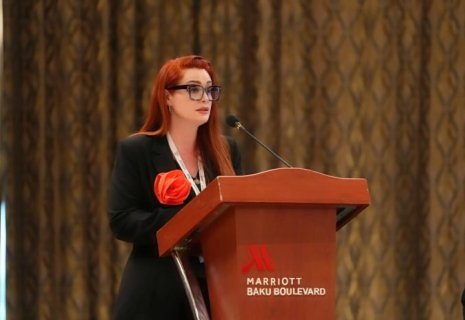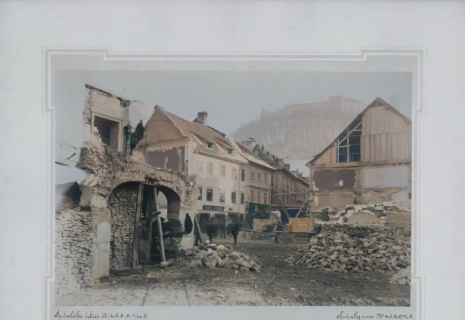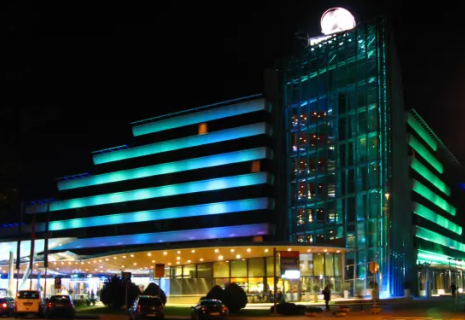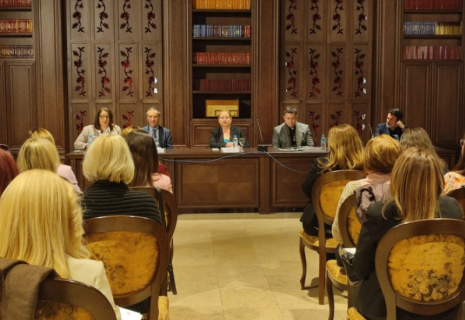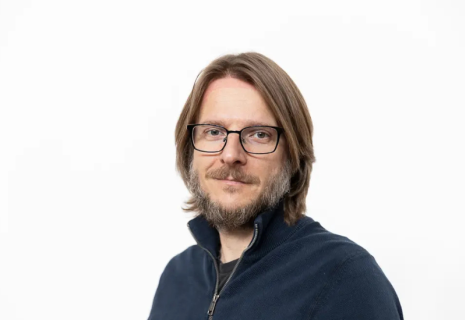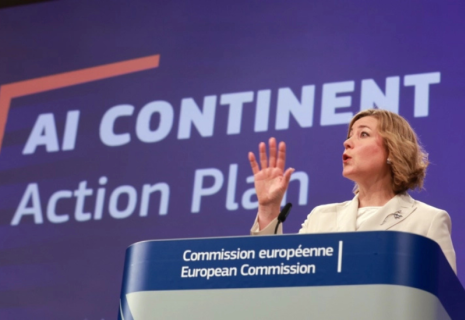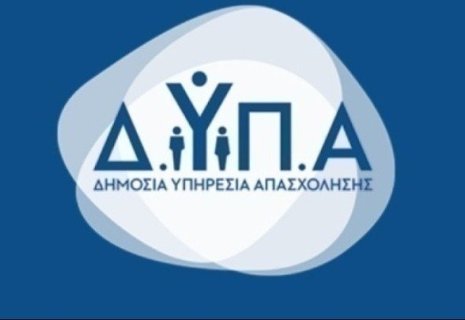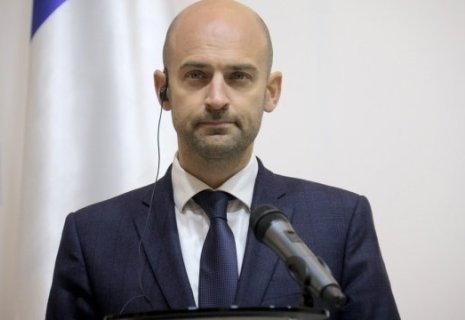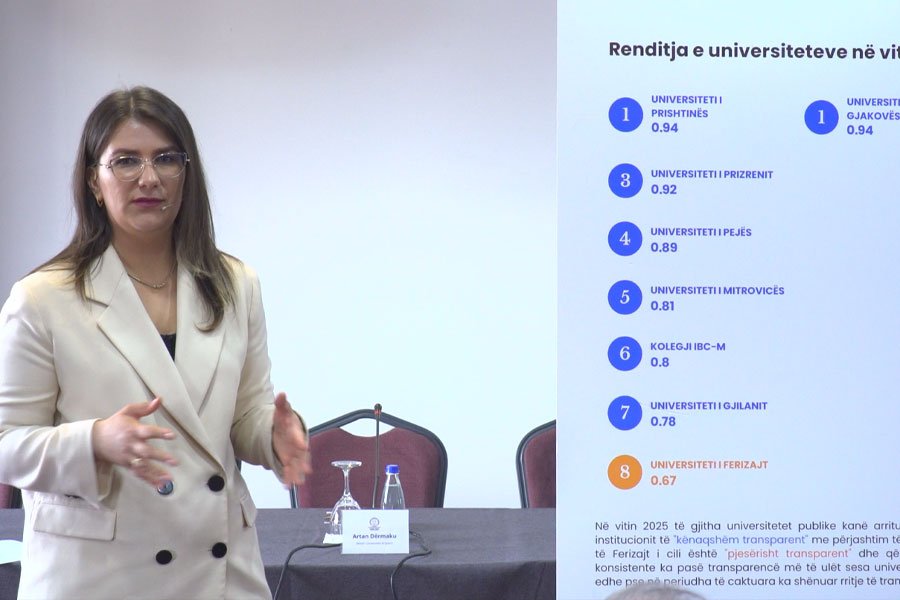
Kosovo public universities show progress in transparency
The Organization for Quality Enhancement in Education (ORCA) has published today its annual report on the formal transparency of Kosovo's public universities for 2025, CE Report quotes Kosova Press.
ORCA in this research has collected data on the existence of 36 documents and information from eight public higher education institutions.
The report highlighted the increase in transparency by Kosovo's public universities. The University of Pristina and the University of Gjakova were named as the most transparent universities.
During the publication of this report, several rectors of public universities in Kosovo participated, who emphasized their commitment to ensuring the greatest possible transparency.
Liridona Ademaj from ORCA emphasized that for 2025 the increase in transparency has been stable. She emphasized that universities have published the necessary documents and information. In this report, she emphasized that the University of Pristina and the University of Gjakova are leaders in transparency this year.
"We can say that the increase in transparency in universities has been sustainable. All universities have tried to keep up with transparency and have published the necessary documents and information. Even with these methodological changes, it can be noted that there has been an increase. Even with these methodological changes, it can be noted that there has been an increase or sustainability of transparency. This can of course be considered as awareness of academic staff, professors, management and students who are the main stakeholders... This year, the leaders in transparency are the Universities of Pristina and Gjakova, another example of transparency is the University of Ferizaj, which in the first measurement had an index of 0.29 or not transparent. Furthermore, there have been some movements over the years, but last year it reached a satisfactory level of transparency with an index of 0.75, but in the measurement of 2025 this university has had a significant decline and is currently partially transparent, with an index of 0.67", she said.
Rron Gjinovci from ORCA said that there is a tendency for universities to be more transparent.
"I want to tell you that I am happy that we can hold such an event for something that is positive. Today, what we were able to conclude from what Liridona said is that there is a tendency for universities to be transparent, it is no longer the period where we have to extract the words 'dara' from them, despite the fact that we have increased the number of indicators, which is a major methodological change from 28 documents to 36, a relatively large percentage. This was seen to have reflected nothing in this drastic decline of universities, which indicates that regardless of whether we have asked them to be transparent in some areas, they are already transparent," he said.
The Rector of the University of Pristina, Arben Hajrullahu, emphasized the difficulties faced by the university in the information technology sector, as well as the lack of staff to update data more quickly.
"It is an extremely great achievement of ours as a society, as a country, as universities, that we have reached this stage to discuss these issues. We often face some difficulties, especially with the information technology sector, the lack of staff, updating data in real time, this is not an excuse or an attempt at justification, but only an attempt to explain why perhaps we are not able to be one hundred percent transparent in real time. It has to do with the lack of capacity, starting from financial and human resources," he said.
Otherwise, the ORCA report demonstrates a steady progress in the formal transparency of public universities in Kosovo. The participation of rectors in the panel to discuss transparency demonstrates an increased awareness of the importance of this issue.
We remind you that formal transparency is the first step towards genuine transparency and accountability of public institutions, whose sole source of income is the state budget.


